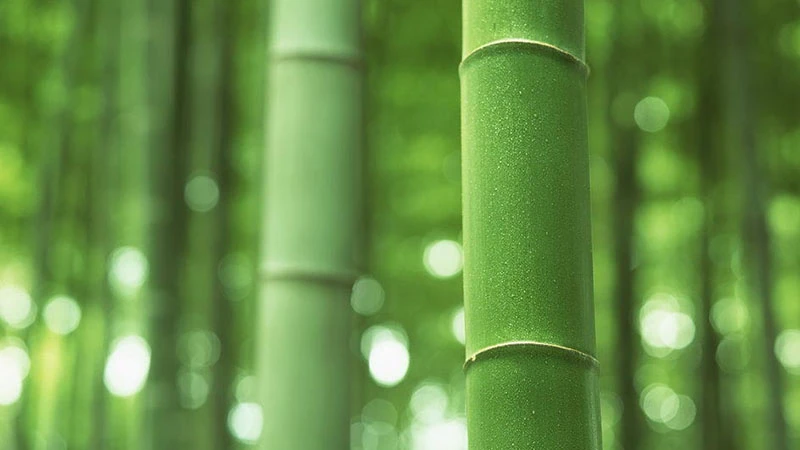In the quiet countryside, life moves at a slower pace, governed by the rhythm of the seasons and the sound of nature. My cousin, raised in this world of simplicity, found his own rhythm—a melody played on a flute he made himself. His flute was not just an instrument; it was a living, breathing connection to the natural world, a voice that carried the essence of the bamboo it was born from, and the moonlight under which it was crafted.
Crafting a Flute from Patience and Moonlight
My cousin wasn't just a farmer's son; he was a patient artist. In his family’s backyard stood a cluster of bamboo, and from it, he would cut the most perfect, straight piece. He chose the bamboo not for its beauty, but for its uniformity—he needed the smoothest, strongest segments to shape into his instrument. The true challenge, however, was hollowing out the bamboo. This delicate work required endless patience.
By day, he worked with his parents in the fields, but when night fell, under the dim glow of the moon, he became a craftsman. With nothing but a flattened piece of iron wire, he meticulously scraped away the inside of the bamboo, segment by segment. Electricity hadn't reached the countryside yet, and he was too thrifty to burn kerosene for a lamp. So he sat in the courtyard, relying on moonlight to guide his hands. As the moon changed from crescent to full, he carved deeper, until the entire length of the bamboo was hollow.

Once complete, he held the bamboo up to the moon. The moonlight streamed through, illuminating its interior, revealing the flawless work. It was as if the moon had blessed the bamboo itself. When a full moon came, it was even more magical. My cousin would say that inside his flute was a piece of the moon. His eyes sparkled as he blew his first note, and I couldn’t help but believe that the moon’s light had seeped into the music, making it clear, pure, and enchanting.
The Secret of the Bamboo's Soul
The next step in creating his flute was carving the holes. Twelve holes, precisely measured and placed. Why twelve? No one in the village knew. Even I, his closest observer, was mystified. But once he began to play, the mystery disappeared, replaced by the beautiful sound of music that danced through the quiet village air.
Our village was used to silence, except for the occasional bark of a dog, the clucking of chickens, or the distant calls of the village leader urging people to work. The sudden arrival of music was both strange and thrilling. The sound of my cousin’s flute floated through the trees, over the fields, and into the hearts of the villagers, startling them out of their usual routine.
What fascinated me most, however, was not the sound, but the thin, delicate membrane he attached to one of the holes on the flute. The membrane was translucent and fragile, like a dragonfly’s wing. Carefully, he would moisten it with his breath, sticking it to the second hole. This simple action gave the flute its soul. He explained to me that the membrane was essential; it gave the notes a brightness, a unique tone that no other instrument could replicate.
Watching him play, I imagined that the holes of the flute were like homes to tiny birds, each releasing a note into the world when he lifted his fingers. The membrane would tremble slightly with each breath, like the flutter of a bird’s wing. It turned the air into music, a continuous flow of sound that captured the attention of everything around it.
A Flute as a Gift, and a Life in Harmony
Years passed, and my cousin’s flute became a symbol of his dedication and skill. When I was accepted into university—the first in our family—he gifted me a flute that he had made himself. He was the first high school graduate in our village, and I was the first to go to university. It felt like a passing of the torch, one chapter closing while another opened.
At my farewell, he drank a little too much, his eyes sparkling under the glow of our goodbye. Those eyes reminded me of the bamboo flute—delicate yet filled with layers of hidden strength. They shimmered, much like the bamboo membrane he used to affix to the flute.
After I left, life moved on. My cousin formed a small band, playing at weddings and funerals in the village. His instrument of choice shifted from the flute to the suona, a louder and more festive wind instrument that better suited the lively nature of the village’s celebrations. He confessed that the suona was practical—everyone loved its bright, boisterous sound. However, the flute remained his true passion, something he played only in quiet moments of reflection.
Though I returned to the village less and less frequently, the sound of his flute stayed with me. It was a part of my memories of home, a reminder of the bamboo in the backyard and the moonlight that guided his hands.


